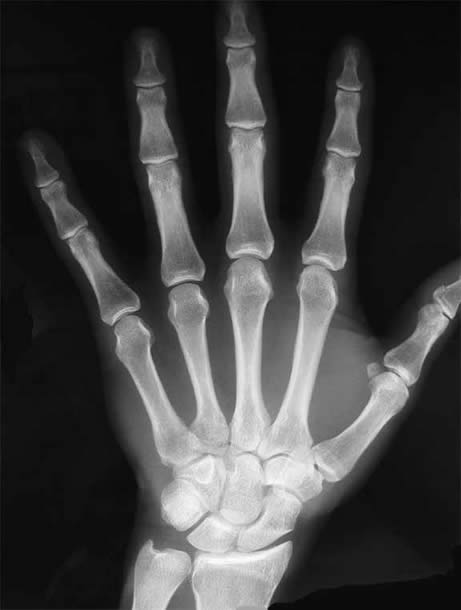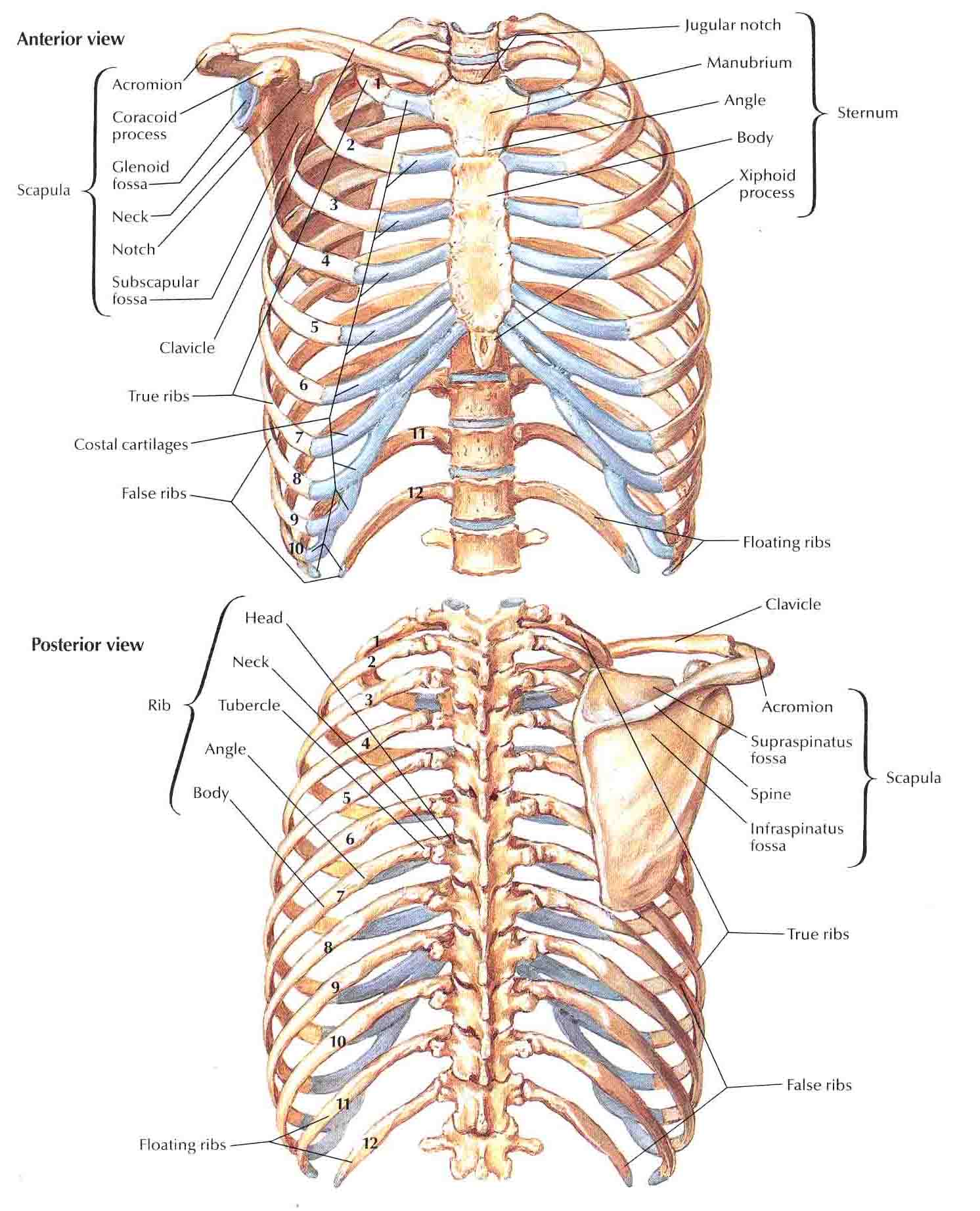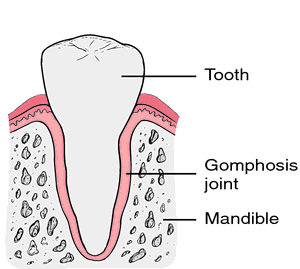Nearly two years ago, I had just started my first placement, and wrote this:
 "On Monday I was petrified to even talk to a patient, now I'm confident enough to carry a full chest X-ray without butterflies; the more examinations I carry out, the more I'm enjoying myself. The most important aspect of patient treatment I'd say is communication, never underestimate what a smile and positive attitude can do, it makes the patient much more confident and co-operative.
"On Monday I was petrified to even talk to a patient, now I'm confident enough to carry a full chest X-ray without butterflies; the more examinations I carry out, the more I'm enjoying myself. The most important aspect of patient treatment I'd say is communication, never underestimate what a smile and positive attitude can do, it makes the patient much more confident and co-operative.
The hardest thing I've found is trying to get a diagnostically good image from a patient who is very unwell and unable to move or even talk. If they can't understand what you're trying to achieve, they may be extremely uncooperative as the position you need to put them in may inflict further pain. This is where you (and the patient) have to make the tough decision to continue the examination."
It's nice to reflect and realise that nearly two years on, I'm still adamant that just smiling and telling someone that they're doing really well can go a long way...
...and I still love what I do.
Every day brings a new challenge and I still come away every day knowing that I've done good. You don't go into Healthcare Professions for money, you do it for love.
 "On Monday I was petrified to even talk to a patient, now I'm confident enough to carry a full chest X-ray without butterflies; the more examinations I carry out, the more I'm enjoying myself. The most important aspect of patient treatment I'd say is communication, never underestimate what a smile and positive attitude can do, it makes the patient much more confident and co-operative.
"On Monday I was petrified to even talk to a patient, now I'm confident enough to carry a full chest X-ray without butterflies; the more examinations I carry out, the more I'm enjoying myself. The most important aspect of patient treatment I'd say is communication, never underestimate what a smile and positive attitude can do, it makes the patient much more confident and co-operative.The hardest thing I've found is trying to get a diagnostically good image from a patient who is very unwell and unable to move or even talk. If they can't understand what you're trying to achieve, they may be extremely uncooperative as the position you need to put them in may inflict further pain. This is where you (and the patient) have to make the tough decision to continue the examination."
It's nice to reflect and realise that nearly two years on, I'm still adamant that just smiling and telling someone that they're doing really well can go a long way...
...and I still love what I do.
Even when there's a dear old lady, who suffers from dementia, curled up in the foetal position on her bed, refusing to be X-rayed - she just won't stay still... when she looks up at you with those child-like eyes with such pain, confusion and sadness - that's when you realise - she's had person after person poke and prod her, not explaining what they're doing, and even if do explain - she'll most likely forget in a few minutes. All she knows is that she's in pain and she doesn't know who you are, she just wants to go home.
Every day brings a new challenge and I still come away every day knowing that I've done good. You don't go into Healthcare Professions for money, you do it for love.






















